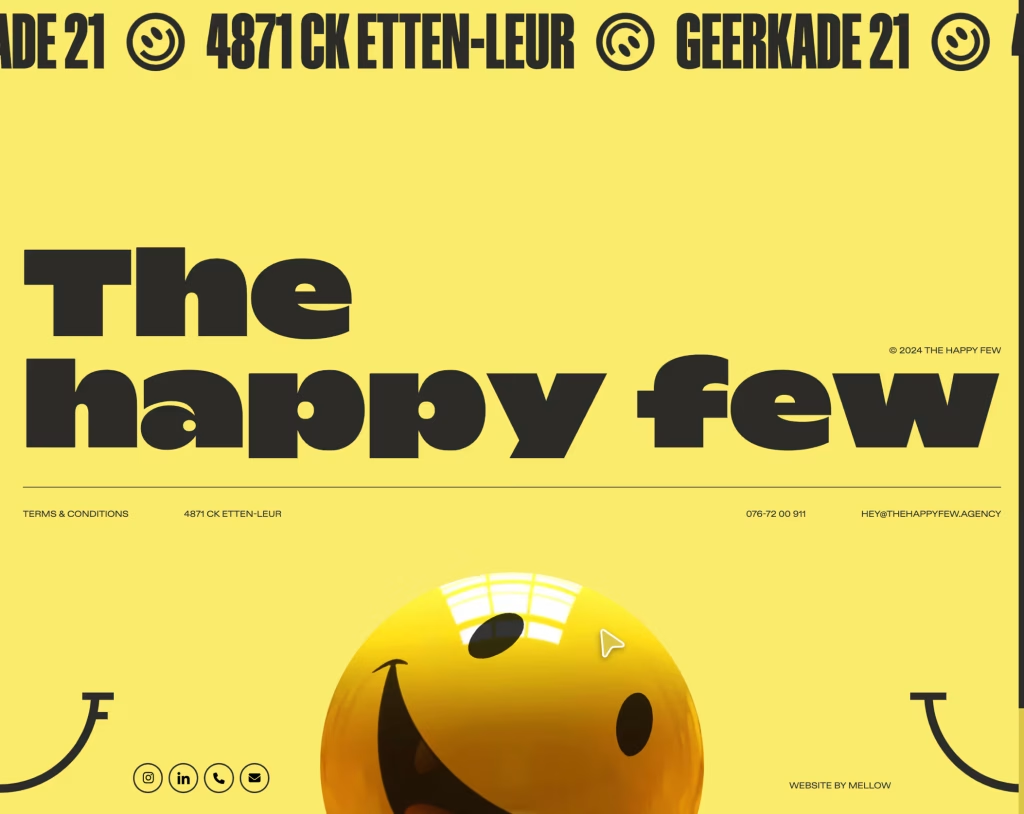Storytelling is great for design, so long as you aren’t trying to sell a fairy tale…
Do you tell your users a story about how you’ll save them from their troubles? It’s not very realistic, and users generally know this. You might try a different approach.
Once upon a time in the videogame industry, some game developers got tired of writing stories and quests into their games. So they made a bunch of sandbox-style games where the player could do almost anything they wanted. They just had to want to do it. The “story” would be formed in the player’s own mind, as they took actions and saw consequences in the game.
This was called “emergent storytelling”, and the game developers were very proud of themselves. But they didn’t invent it. Not at all. Emergent narratives have a long history, but were perhaps perfected by the “Game Masters” and “Dungeon Masters” of the tabletop roleplaying games, like Dungeons & Dragons.
[pullquote]There’s a lot we designers can learn from the experiences of Dungeon Masters.[/pullquote]
The crash course: Remember when you were a kid playing pretend with others, and then one kid suddenly had a pretend gun, another had a pretend bazooka, and another a nuke? Roleplaying games are basically codified sets of rules that allow people to play pretend without that sort of instant escalation.
The Dungeon Master is a person who referees the game, enforces the rules, tells the story, and doles out consequences for actions. They’ve been telling stories for a long time, often with main characters who are stubborn, ignorant, and determined to break everything the DM might create.
Does that sound familiar to you? There’s a lot we designers can learn from the experiences of Dungeon Masters. They’re experts in both telling pre-planned stories with input from the players, and letting players tell their own stories altogether, and we need to learn both, too.
1. Make Your User the Main Character
Whether a DM has a specific story he wants to tell, or intends to let the player write their own, one thing remains mostly-constant. The player is the protagonist. They are not necessarily the hero, or the “chosen one”, but the protagonist. It is this perspective that allows players to quickly get invested in their character, and the world.
So much of the storytelling I see in web design would have you believe that the product they’re selling is the main character. Worse, sometimes they try to tell you that the website itself is somehow the protagonist of the story. To the Pit with that idea!
Your product is just a tool in their inventory, like a handy rope, or a +4 Vorpal Longsword. They’re the ones making things happen. Remember that, and do your best to play that role. Fight against your role, and they might see you as more of a cursed weapon, to be discarded and dismantled at their earliest convenience.
2. Players May Not Do What You Want
Writers have it easy-ish. They can make their characters do whatever they want, even when it doesn’t make a lot of sense for the character. (Sure, that’s bad writing, but whatever.) Dungeon Masters have to deal with real people playing characters who will do what they want, when they want. Yes, they can punish players for undesired behavior, but that’s a fast way to drive players to another game.
Users are pretty much the same. Learn to adapt to the way your users want to do things. Remember that even if you have a greater narrative going on, it’s still their story in the end. They won’t always be content to go from the Home page, to the Features page, to the Buy Now page every time, in that order. They will find their own path somehow, but it will be easier on both of you if you give them more than one.
3. Players Will Abuse Every System They Can
[pullquote]D&D players and users alike will eventually find the most efficient way to get something done…[/pullquote]
A corollary for the point above is that D&D players and users alike will eventually find the most efficient way to get something done, and you may not like it. This is called “meta-gaming” and in D&D, it involves combining classes, special gear, and abilities to create characters that are far more powerful than they should be.
In using web sites or apps, it means that if users find a way to get what they want without jumping through any hoops you have set up, they’ll do it. And they’ll get annoyed if you take their shortcuts away.
4. Have a Big Plan Anyway
Good Dungeon Masters have stuff going on in their world. The players themselves may or may not decide to interact with all of the people and events around them, but “life” will go on. Usually, players will eventually come face to face with the big boss in any case, if only because that boss is bent on dominating the whole world anyway.
Unless your users leave your site altogether, they’re at least going to look at your prices and a big “Buy Me” button eventually. Just because some people won’t follow the plan doesn’t mean you shouldn’t have one. Most users are less obstinate than your average D&D player, and will be glad to have a quick and easy route to their goal.
5. Have Another Plan for When Things Really Break
In D&D, player’s characters can die, and they have to make new ones. In one campaign, a mistake the DM made allowed us to blow up an entire (alternate) plane of existence with most of us in it. Long story. Anyway, he was able to continue the story with new characters, and some fast adjustments to the main story between sessions. Long-time DMs learn to account for catastrophic turns of events like that one.
In web design, we don’t have the option to fix things between sessions, though. The story has to keep going, even if your players are on, say, an error page. If you’re going to use storytelling as a metaphor for your user experience design, then you need to use it everywhere. The story shouldn’t end just because a link went missing.
And with that, have fun. And happy adventuring!






